Changing consumer preferences are driving a profound transformation in ingredient innovation in the food and drink industry.
The upheaval caused by the COVID-19 pandemic has further emphasised the importance of preventative health and addressing climate change concerns, prompting a diversification of ingredients. To navigate these changes, the food and drink industry is also exploring novel technologies that can revolutionise food production. Here we delve into the ingredients that are capturing consumer demand and uncover some of the fastest-growing ingredients trends shaping the future of food and drink.
Preventative Health Influences Food Ingredient Trends
Across the globe, there is an undeniable shift towards a preventative approach to health. The COVID-19 pandemic has had a profound impact on consumer mindsets and continues to influence our behaviours, emphasising the importance of our health. When coupled with an ageing population, it has prompted many to take proactive steps to safeguard their health and wellbeing. More and more consumers are seeking health and wellbeing credentials in their food and drink, driving ingredient innovation and competition among producers and brands to meet this evolving demand. People see food as a gateway to access a long-term investment in the overall quality of life.
In Southeast Asia, there is a resurgence of traditional food ingredient trends, including the rediscovery of ‘food as medicine’. This concept, steeped in ancient traditions, is now gaining traction among modern consumers. In Thailand, prioritising healthy eating for a strong immune system is a top trend. Three in five Thai consumers actively include immune-boosting foods, such as fresh fruit and zinc-rich foods in their diet. This focus on immune health is echoed in the Philippines, where over 80% of consumers over 45 seek immune-fortifying foods.
Mintel’s Thai Herbal Ingredient research reveals that natural and organic ingredients, particularly those with a Thai herbal heritage like ginger, turmeric and ginseng, are especially valued due to their perception of being pure, healthy, and safe. One brand capitalising on this trend is HOTTA Cool, a ready-to-drink ginger herbal beverage fortified with vitamins C, E and A. This product exemplifies how brands can win by understanding consumer drivers. HOTTA Cool positions itself as a health-conscious choice, highlighting the immunity-boosting and improved digestion benefits of its core ingredient, ginger.
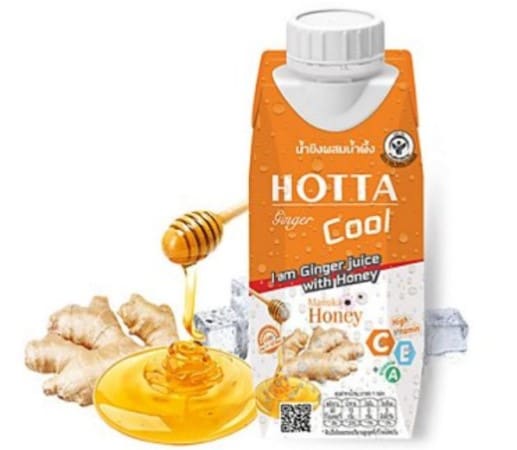
Food as medicine goes global
The ‘food-as-medicine’ philosophy is also prevalent in the Western world. The West is experiencing a growing intersection of food and healthcare, where diet is used to proactively manage age- and lifestyle-related health concerns. This heightened interest in health is evident in the UK, where seven in ten millennials worry about declining health as they age, and in Germany, where 60% of citizens are concerned about their health deteriorating in the next five years.
The rise of diet-related health conditions, such as type 2 diabetes and obesity, is fueling this caution. Poor metabolic health, often related to weight gain, increases the risk of various chronic conditions. Brands are responding by offering “no sugar” and “sugar-free” options and are increasingly aligning with trending diets, such as ketogenic, to empower consumers in managing their metabolic health.
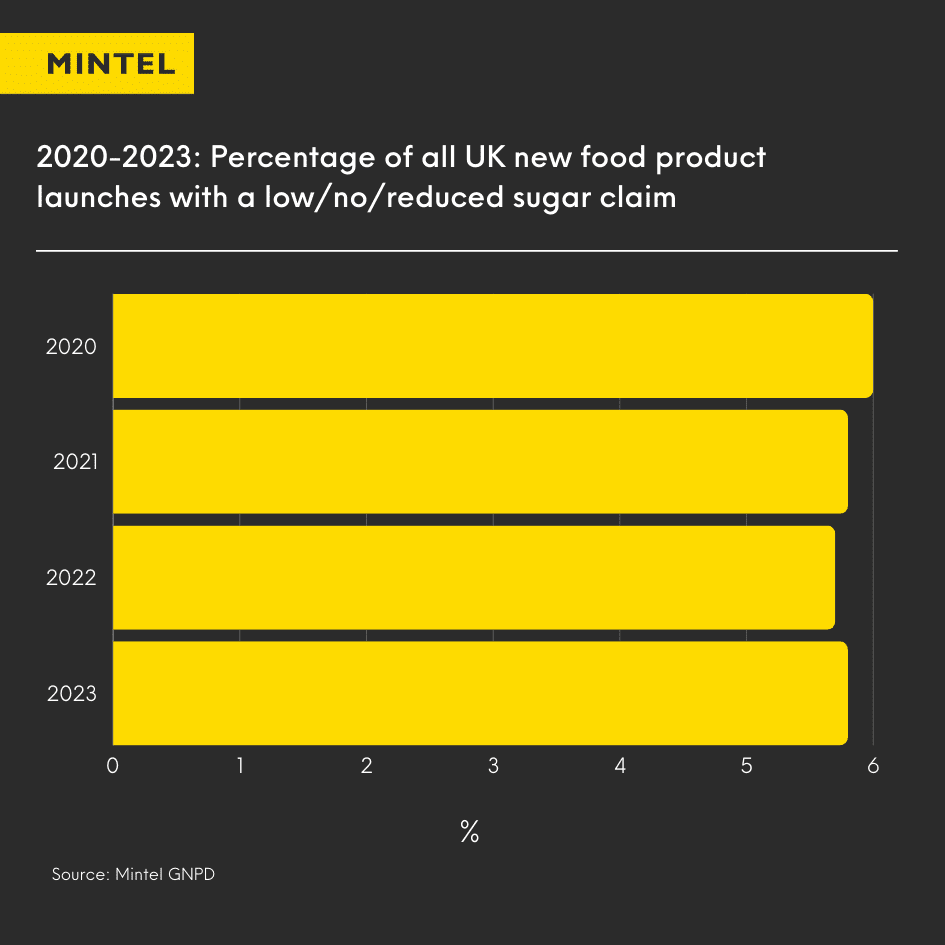
Additionally, products that promote healthy blood glucose control are emerging, featuring ingredients like green banana powder, fibre and chromium. A brand operating in this innovative food ingredients space is the US-based Superguts. Their prebiotic bar, formulated with a resistant starch blend containing green banana, exemplifies how food ingredient innovation can help address metabolic health concerns. Superguts positions itself as a dietary and lifestyle solution for those seeking to improve their metabolic wellbeing.
The power of labels
Ingredients that deliver healthier nutrition profiles will continue to thrive, particularly with a supportive boost from governments worldwide. Many are implementing stricter policies to hold the food and drink industry partially accountable for promoting consumer health. Sugar, salt, saturated fat and calorie reductions remain key focus areas. This translates into initiatives like sugar taxes, high-fat salt and sugar food (HFSS) product restrictions, and front-of-pack labelling systems, like Europe’s Nutri-score and the UK’s traffic light labels. Over 30% of French, German, Polish and Spanish consumers agree that nutrition rating systems are the best way to decide how healthy a product is. This transparency empowers consumers to make more informed choices about the nutritional content and quality of their food. The need for products with healthier nutrition profiles will encourage further food ingredient innovation to support their delivery.
Ingredient Diversification Can Support the Health of Humans and the Planet
Our global food system has come a long way, but at what cost? Over the last century, industrialised food production has enabled food to be produced at low costs to meet the demands of a growing population. But there is a dark side: the environmental impact. Resource-intensive farming practices are harming the planet, and our overreliance on animal products or just a few crops, such as rice, wheat and maize leaves our food supply and production vulnerable to climate change.
Sustainability is a top concern for many consumers around the globe. Mintel’s research on The Future of Ingredients found that four in ten Canadians and more than a third of US consumers believe companies are the most responsible for improving sustainability. This growing demand for a sustainable future is driving the food and drink industry to diversify its ingredients and embrace sustainable ingredient sourcing practices to secure long-term viability for the industry and minimise the environmental footprint.
This translates into an urgent need for ingredient innovation, one that shifts away from resource-intensive animal-based foods and towards more sustainable options. Plant-based proteins are paving the way, with over 3% of new food product launches globally having a plant-based claim, according to Mintel Global New Products Database (GNPD).
Aside from plant-based proteins, consumers across the globe are open to trying alternative ingredients to help embrace a more sustainable diet. Almost half of German consumers are intrigued to try “unusual” sustainable ingredients in their food. Brands are responding to expanded consumer preferences and are beginning to diversify into climate-resilient crops. One example is Singaporean WhatIF Foods and their product Moringa Noodles. Made from a Bambara groundnut, WhatIF advertises that the product is made with a regenerative crop that can restore soil health and is tolerant to drought to support climate change readiness.
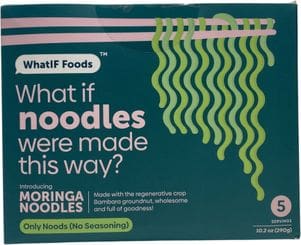
Sustainable ingredients that taste good
Attracting attention for its ability to appeal from both sustainability and health angles, the plant-based industry experienced a meteoric rise in 2018, and while it is still growing (albeit slowly), it is experiencing a cooldown in excitement, particularly as many products failed to meet consumer expectations on attributes like taste, price and naturalness.
Sustainability is a key factor, but it alone may not be enough to influence consumer eating habits; it must be coupled with taste. One-third of German consumers and a quarter of French consumers agree that a product with the same taste and texture as its meat equivalent would encourage them to purchase one meat substitute over another. One company that is using technology and ingredients to deliver desirable texture in protein alternatives is the Austrian brand Revo. They announced the launch of a vegan salmon using 3D printing with the ambition of delivering the same flakiness and juicy fibres of conventional salmon.
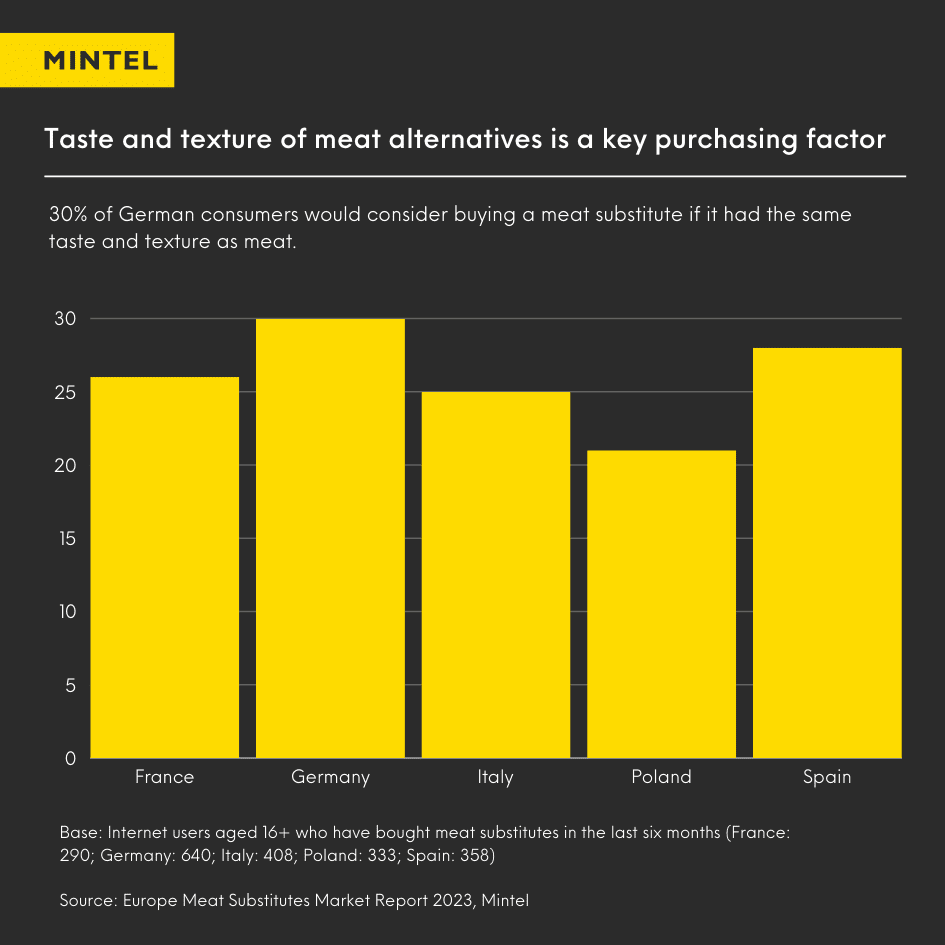
Help consumers prioritise sustainable ingredients during inflation
Despite increased awareness of sustainable living, inflation remains a barrier. Inflation has left both Western and Eastern consumers feeling uninterested in sustainable products or unable to spend the additional money. Six in ten UK citizens agree that the rising cost of living makes the sustainability of food less important to them, and over half of Thai consumers are worried about rising prices compared to climate change (client-access-only link). As inflation persists and more consumers struggle to prioritise sustainability in their food shops, brands can step up to enhance their eco-friendly reputation. Making sustainable products more accessible and appealing by integrating value into sustainable choices allows consumers to embrace eco-friendly decisions without compromising their financial commitments.
How Technology is Revolutionising Innovative Food Ingredients
Mintel anticipates that novel technologies will play a significant role in sustainable ingredient innovation. Artificial intelligence (AI) is already being used to discover new ingredients. Bioactives company Brightseed uses AI to accelerate the discovery of valuable health ingredients. By combining their AI platform with their bioscience expertise, they have developed a fibre from hemp that supports a healthy gut microbiome. This breakthrough aligns with German consumer demand, as six in ten German consumers acknowledge the vital role of the gut microbiome in overall health.
Biofortification technologies will also fuel the creation of innovative food ingredients. This technology allows crops to be packed with extra nutrients due to precision breeding and enriched crop fertilisers. This aligns with growing consumer interest in functional foods, particularly as part of the ‘healthy ageing trend’. Almost four-fifths of people in the UK believe that getting all the vitamins and minerals they need is crucial for healthy ageing. Additionally, as plant-based diets become more popular, there is a growing concern about Vitamin B12 deficiencies since it is mainly found in animal products. In response, a team of researchers from the UK John Innes Centre, LettUs Grow and the Quadram Institute leveraged biofortification technology to develop a solution. They produced vitamin B12-fortified pea shoots that contained the recommended daily intake of B12 in one serving, which is equivalent to two portions of beef. This illustrates how technology holds the potential for nutritious and innovative food ingredients.
Mintel Can Help You Identify Trending Food Ingredients in an Instant
Curious about how you can discover the fastest-growing ingredients?
Wondering how to decide which ingredients will captivate your customers?
Eager to identify emerging ingredients to bring some excitement to your established range?
Then look no further than Mintel’s new, groundbreaking tool, Ingredientscape AI. It’s the ultimate solution for unravelling the growth and prevalence of ingredients for your category and market of interest.
Fuelled by over a decade of Mintel GNPD insight, our new innovative landscaping tool harnesses AI technology to instantly provide insights into food and drink ingredient trends across any category or market, even if the product was launched halfway across the world. Get granular insights into product launches, including visuals, ingredients, formulations, claims and prices.
Using ginger extract as an example, with Ingredientscape AI, you can get an instant snapshot of the growth momentum and prevalence of Ginger in your chosen category or market. You can also view competitors that use this ingredient, significantly reducing the time you would ordinarily spend searching on GNPD.
Ingredientscape AI empowers you to visualise vast amounts of complex data in an easy-to-digest format, making it effortless to share with your stakeholders. Ingredientscape AI puts the future of ingredients at your fingertips. Book your demo today!
How Will Mintel Ingredientscape AI Add Value to Your Business?
- Get an instant overview of the ingredients used in a category or market, helping you quickly assess ingredient growth and prevalence.
- Assess 35,000+ ingredients in seconds with an AI-powered tool that tells you what you need to know about your category or market to identify opportunities.
- Visualise trends, categorise ingredients, review and compare market activity and deep dive into competitor products.














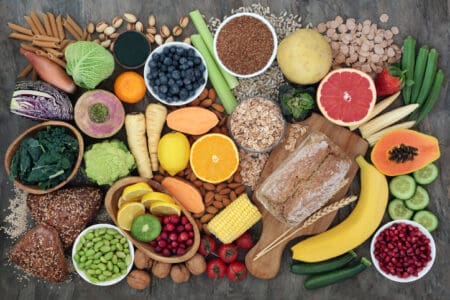




![[WATCH] Trending ingredients to watch: Hydroxydecyl Ubiquinone](https://www.mintel.com/app/uploads/2023/06/Hydroxydecyl-Ubiquinone-艾地苯_Digital_Blog_1000x305.jpg)
![[WATCH] Trending ingredients to watch: Monk Fruit](https://www.mintel.com/app/uploads/2023/06/Monk-Fruit-罗汉果_Digital_Blog_1000x305.jpg)




















